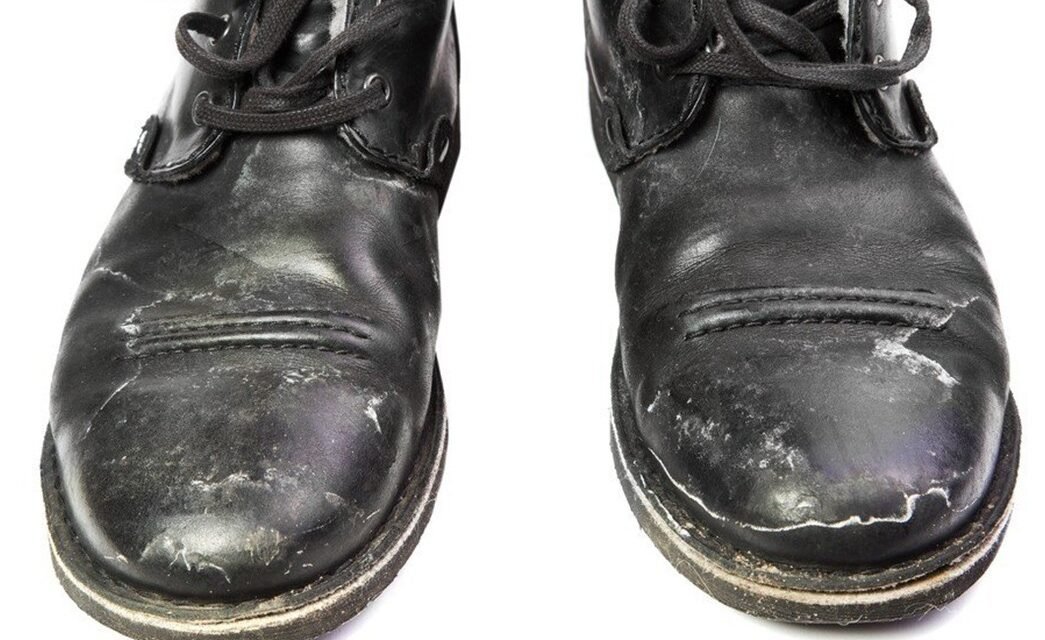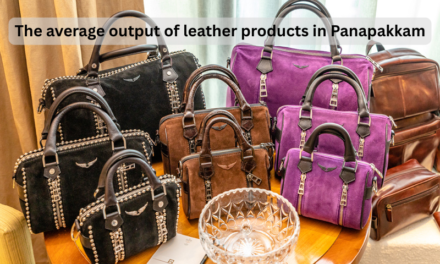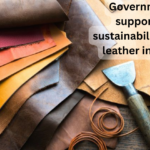Weather conditions can significantly affect leather footwear, as leather is a natural material that reacts to environmental changes. Here’s how different weather conditions impact leather footwear and how to mitigate potential damage:
1. Rain and High Humidity
- Effects on Leather:
- Leather absorbs moisture, which can cause water stains, discoloration, and eventual weakening of the material.
- Prolonged exposure to moisture may lead to mold, mildew, or unpleasant odors.
- Wet leather can stretch and lose its shape.
- Preventive Measures:
- Apply a waterproofing spray or cream designed for leather.
- Avoid wearing leather shoes in heavy rain or wet conditions.
- Use shoe trees after exposure to moisture to retain shape and absorb excess water.
- Aftercare:
- Allow wet leather shoes to air dry naturally at room temperature (avoid direct heat sources like radiators or hair dryers).
- Clean and condition the shoes after drying to restore flexibility and prevent cracking.
2. Hot and Dry Conditions
- Effects on Leather:
- Excessive heat and low humidity can dry out leather, making it brittle and prone to cracking.
- UV rays from sunlight can fade leather and weaken its fibers.
- Preventive Measures:
- Store leather shoes in a cool, shaded place away from direct sunlight.
- Use a leather conditioner regularly to keep the leather moisturized and supple.
- Avoid leaving shoes in hot environments, such as inside cars during summer.
- Aftercare:
- Reapply leather conditioner and polish to restore moisture and color.
3. Cold Weather and Freezing Temperatures
- Effects on Leather:
- Leather can become stiff and lose flexibility in freezing temperatures.
- Moisture from snow or slush may freeze, causing surface damage and weakening seams.
- Salt used to melt ice on roads can stain and dry out leather.
- Preventive Measures:
- Use a protective spray or wax to create a barrier against moisture and salt.
- Opt for shoes with rubber soles for better insulation and traction in cold conditions.
- Aftercare:
- Gently remove salt stains using a damp cloth and a mixture of water and white vinegar.
- Condition and polish the leather to replenish lost oils.
4. Snow and Ice
- Effects on Leather:
- Snow can leave watermarks and stains on untreated leather.
- Freezing temperatures combined with moisture can lead to cracking or warping.
- Preventive Measures:
- Use water-resistant or waterproofed leather shoes.
- Choose footwear with insulated linings and sturdy outsoles for better performance in snow.
- Aftercare:
- Clean snow and ice residues immediately.
- Dry shoes thoroughly and condition them to restore softness and flexibility.
5. Extreme Heat
- Effects on Leather:
- Prolonged exposure to heat can dry out the natural oils in leather, causing it to crack and fade.
- Preventive Measures:
- Avoid direct sun exposure and high heat for extended periods.
- Store shoes in a cool, shaded area.
- Aftercare:
- Rehydrate the leather with a conditioner and apply a protective polish to shield against further heat damage.
6. Dusty or Sandy Environments
- Effects on Leather:
- Fine particles can scratch the surface of leather and cause it to appear dull.
- Dust and sand can accumulate in seams and stitching, leading to wear and tear.
- Preventive Measures:
- Clean shoes regularly with a soft brush or cloth to remove dust.
- Use a protective coating or wax to minimize abrasions.
- Aftercare:
- Wipe down shoes after exposure and condition the leather to maintain its smooth finish.
7. High Altitude or Mountain Conditions
- Effects on Leather:
- Low humidity and cold temperatures can dry out leather.
- Abrasive terrains can cause scuffs and scratches.
- Preventive Measures:
- Opt for sturdy, outdoor-specific leather shoes with protective treatments.
- Reapply waterproofing treatments for added durability.
- Aftercare:
- Remove debris and dirt immediately and condition the leather to prevent drying and cracking.
General Maintenance Tips
- Protective Products:
- Use water-repellent sprays, leather balms, or waxes to shield against weather-related damage.
- Shoe Trees:
- Insert cedar shoe trees after wearing to absorb moisture and retain shape.
- Rotating Footwear:
- Avoid wearing the same pair every day to allow time for proper drying and airing out.
- Storage:
- Store leather shoes in a cool, dry, and ventilated area, away from direct sunlight or dampness.
Conclusion
Weather conditions like rain, heat, cold, and humidity can damage leather footwear by causing stains, drying, cracking, or warping. Proper care, including cleaning, conditioning, and the use of protective products, ensures that leather shoes remain in excellent condition and last longer, regardless of the weather.
Hashtags
#LeatherFootwearCare #WeatherImpactOnLeather #ProtectLeatherShoes #LeatherInRainAndSun #FootwearWeatherTips #WeatherproofYourShoes #LeatherShoeMaintenance #ClimateAndLeather #ShoeCareInWeather #ProtectYourLeather














